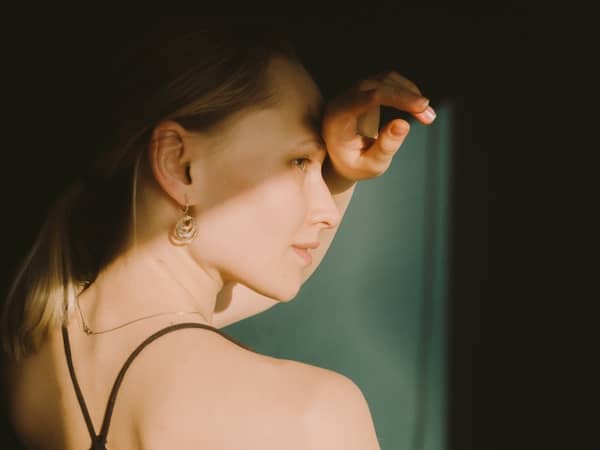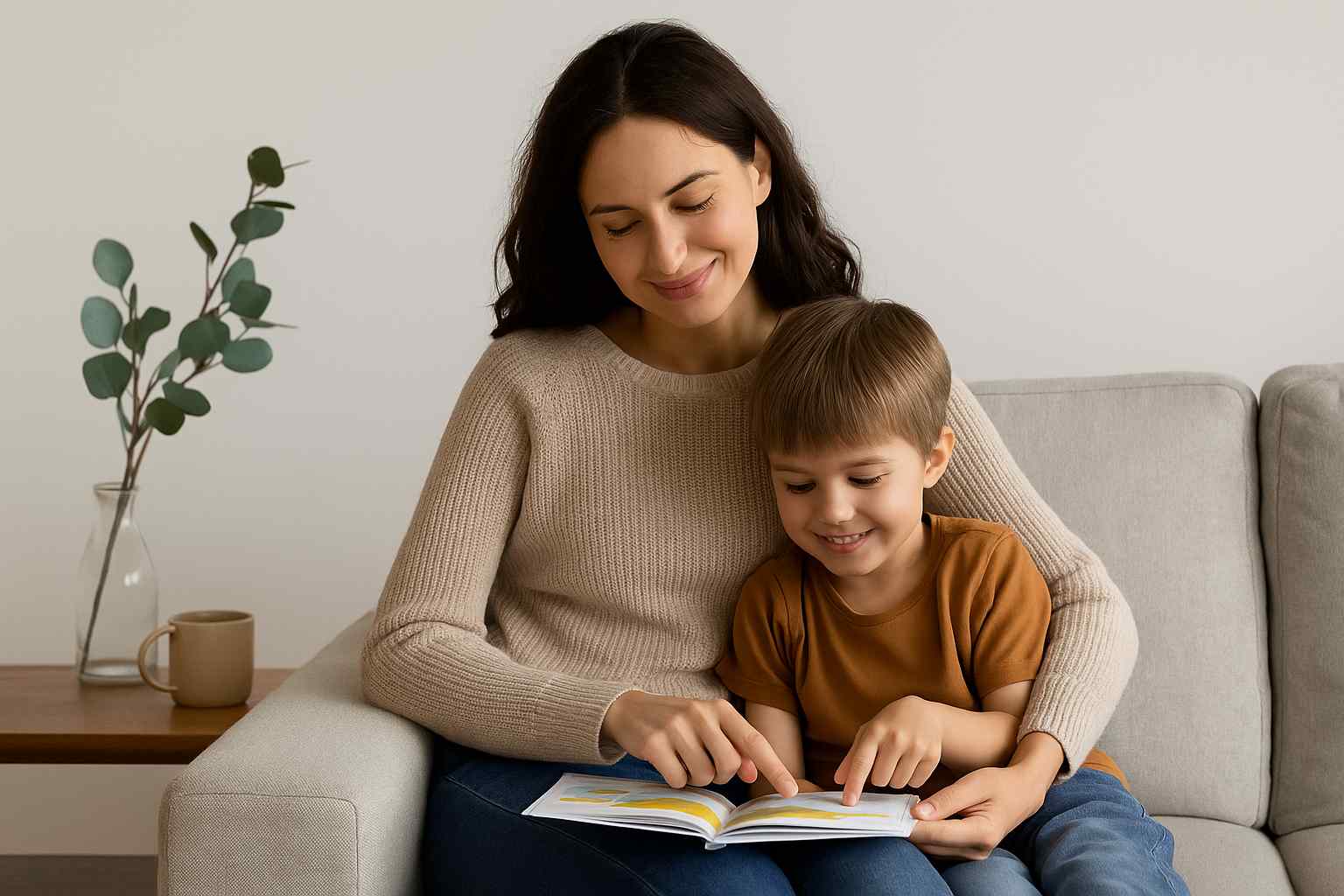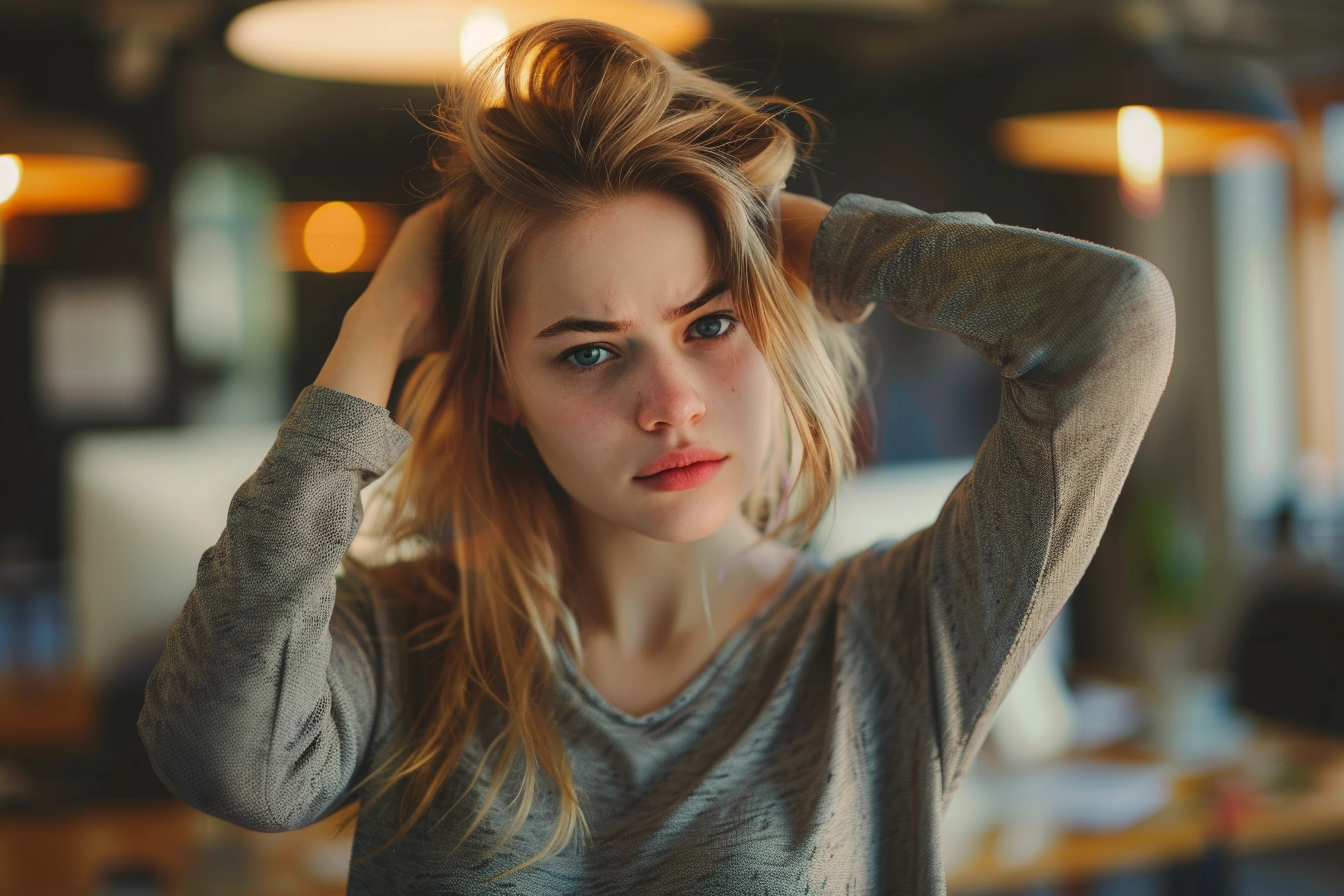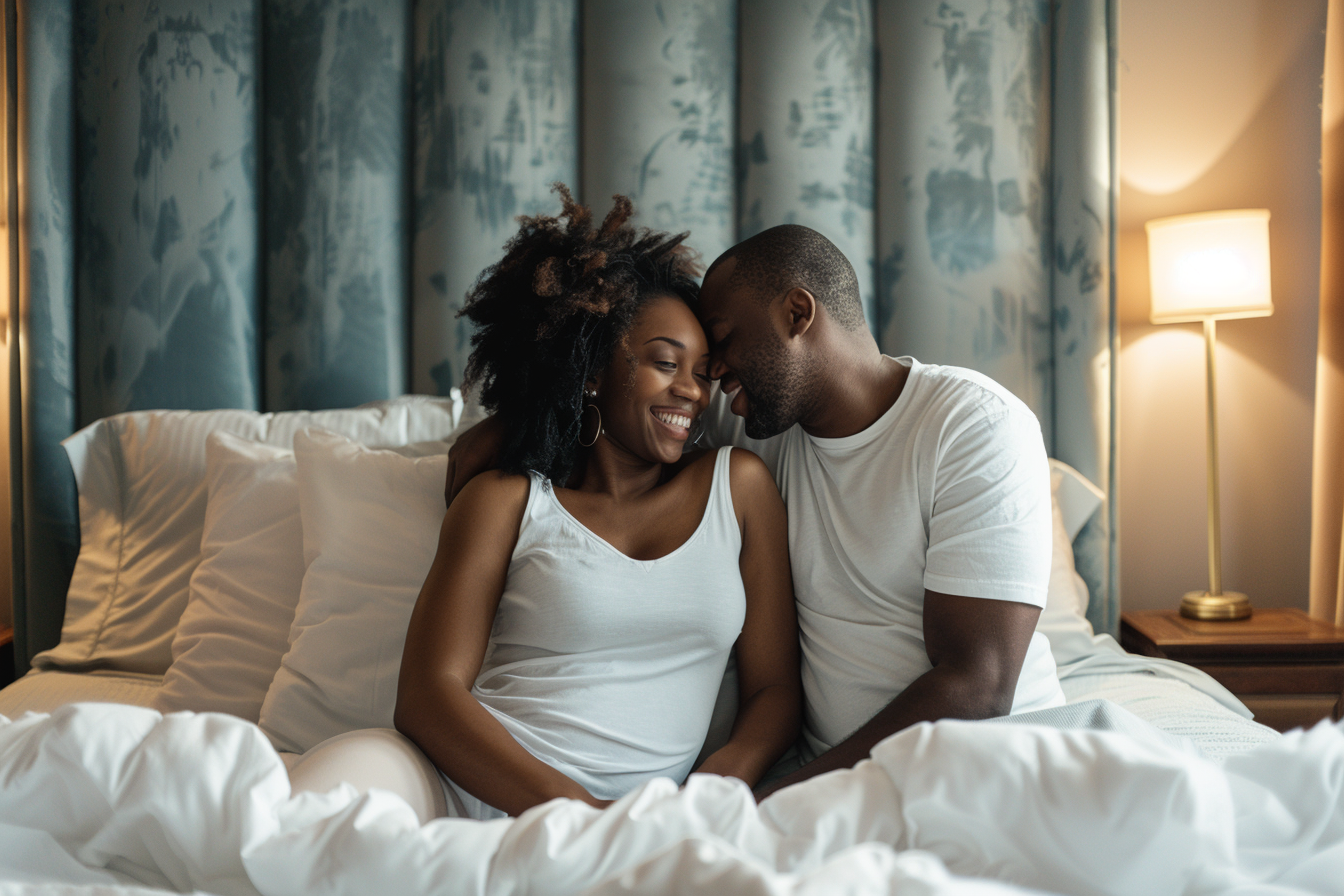Ear seeds are the 2020 rebrand of acupuncture, designed to make the practice more accessible. They have the added bonus of looking stunning too, making them a new way to decorate your body.
This practice is different from traditional acupuncture as no needles are used. Acupuncture works by applying intense and localized pressure to a region for between 20 and 30 minutes.
Ear seeds apply a much gentler level of pressure for a much longer time.
What Are Ear Seeds?
Ear seeds are traditionally seeds from the Vaccaria plant. This plant is also known by the names cowherb, cow cockle, cow basil, cow soapwort, and prairie carnation. In Chinese medicine, these seeds are known by the name Wang Bu Liu Xing.
Some practitioners are now opting to use substitutes rather than the actual seeds. These tend to be made from golden beads affixed to a clear plastic adhesive.
It is a common misconception that these seeds are not durable, but they tend to stay on for between 3 and 5 days, even with showers.
It is recommended that you remove the ear seeds after 5 days if they have not fallen off of their own accord. This is because the point can become desensitized and the treatment is rendered ineffective.
If you wish to wear ear seeds continuously in life, you should have at least a day or 2 without them in, in between sessions.
Why The Ears?

In traditional Chinese medicine, the ears are seen as a very vital part of the body. Practitioners believe that the ears are a microcosm of the entire human body, making them a great place to practice acupuncture.
There are a multitude of pressure points located in the ears, that can be activated by needles or through the use of ear seeds. Below is a diagram showing some of the corresponding regions of the body.
Shen Men
This point is also referred to as the Spirit Gate or the Divine Gate. To find the Shen Men point, follow the anti-helix up, as it splits into 2 different branches.
In the center of the 2 branches, you will find a small dip, this is the Shen Men point. This area of the ear is known as the triangular fossa.
This is considered to be a Master Point and is commonly used alongside other points for this reason. It is commonly used to treat stress, anxiety, depression, pain, addiction, detoxification, and insomnia.
Point Zero
This point is found pretty centrally within the ear. Follow your helix all the way around the ear, to the point where it stops. This is where Point Zero is located. You may feel a little raised bump on this point.
This auricular point is believed to pull the whole human body into a balanced state. This incorporates the balance of hormones, energy, and brain activity. Like Shen Men, it is often used in conjunction with other points to enhance their effects.
This point is known to have energy-giving properties, relaxation for muscle tissues, and can help to calm anxiety. It is also very useful for nausea, hiccups, and vomiting. This is because it encourages the downward flow of energy from the stomach.
Mouth
This point is located near the ear canal. The specific area is known as the cavum or inferior concha. It is slightly offset from the entrance to the ear canal and straight underneath the helix root.
This point can be used to treat all matters relating to the mouth, gums, and tongue. It is commonly used as a treatment for sores and ulcers. It can also be used to curb specific food cravings, smoking addictions, and eating disorders.
Heart

This point is found in an area of the ear known as the inferior concha, or the concha cavum. It is found in the middle, deepest area of the ears.
This part of the ear is used to help rectify heart conditions such as arrhythmia, high or low blood pressure, angina, general chest pain, and palpitations. According to traditional Chinese medicine, it can also alleviate anxiety, insomnia, and memory problems.
Thalamus Point
This is found on the lower area of your ear, on the inner wall of your antitragus. The exterior walls of this point are known as the Temple or the Sun.
This point is particularly effective for the management of chronic and acute pain.
Endocrine
This point is found slightly to the left of the Thalamus point, on the internal wall of the intertragic notch.
This point helps to balance the hormones in your body, therefore helping to maintain homeostatic balance. This point is commonly used when treating menstrual problems, infertility, impotence, and general urogenital problems.
This point can also be used as an anti-inflammatory, anti-rheumatic, and anti-allergy point. Practitioners of traditional Chinese medicine believe that this point removes any built-up stagnation of the qi. It is also suggested that this point improves the circulation of the blood and reduces dampness.
Excitement Point
This is found in a very similar location to the Thalamus Point. It is on the same inner wall, but at the apex, or highest point.
As the name suggests, this acupuncture point can help to make you excitable. It is often used as part of the treatment for depression for this reason.
Tranquilizer Point

This point can be found on the tragus of your ear. It is towards the bottom, approximately halfway between the top of the tragus and the intertragic notch. To find it more easily, look for the region where your tragus and your cheek come together.
This is also sometimes referred to as the Valium Point due to its intensely relaxing impact. It can massively reduce anxiety levels and has also been used to treat high blood pressure as a consequence of chronic stress. This has given it another nickname, the Hypertensive Point.
Lumbar Spine
Rather than being a specific point, the lumbar spine corresponds to an entire region of your ear. This travels along the upper region of the antihelix and down the first part of the inferior antihelix.
The location of this region differs according to who you ask. The Chinese auriculotherapy says the lumbar spine is located along the upper side of the antihelix.
The European auriculotherapy locates it closer to the inferior antihelix. The tender regions are where you need to apply pressure.
These pressure points are used for all kinds of back pains and problems. Common purposes include relieving stiffness, pain, neuralgia, and sciatica.
Appetite Control
This is also sometimes referred to as the Hunger Point. It is found centrally in the tragus, level with the tip. It is commonly used to regulate hunger cues and reduce your appetite.
Allergy Point
This is found in the very highest point of your ear. You can activate it from the underside or the top of the helix. Both will be equally effective.
This is believed to have anti-inflammatory effects. These are most clearly seen when the inflammation is in response to hay fever, allergies, and asthma. It is also used to soothe inflamed eyes and rheumatoid arthritis.
Kidney
This point is located about halfway along the rook of your ear.
It is believed that the kidney is the root of the qi in the body. This is vital to keeping the body physically and mentally balanced and healthy. This point can be used to help repair damages caused by alcohol and drugs, strengthen the overall kidney function, and help with dental issues.
Liver

This point is found in your anti-helix snug, just above the area where a conch piercing would be done.
The liver is responsible for the free flowing of qi throughout the body. It is closely associated with muscles, tendons, nerves, and ligaments in the body. It is also closely associated with the eyes.
This can help to regulate the circulation of blood, improve your eyesight, and relieve abdominal distention. It can also reduce dizziness, convulsions, fainting, pain, and depression. It can also strengthen your stomach and help to treat iron deficiency anemia.
Lung
This acupuncture point is located just above your anti-tragus. It can be used to control breathing and regulate the temperature of your body, as well as promoting the circulation of oxygenated blood around the body.
The lungs are linked to all respiratory issues and are described as the master of the qi. They are also closely associated with skin problems and mucous membranes.
It is a very effective treatment for edema, laryngitis, skin disorders, and night sweats. It can also help to alleviate enteritis and diarrhea.
Sympathetic Point
This is also sometimes called the relaxation point. This point is located on the forward helix, in line with your rook.
This is strongly linked to the emotional nervous system and the regulation of emotions. It is believed to reduce stress levels, digestive discomfort, and regulation of the respiratory system.
It can also reduce pain levels as it promotes the dilation of blood vessels within the body. It is an effective treatment for PTSD and related symptoms.

Try our Anti-Aging Gua Sha Tool designed to bring out your skin’s natural glow.
Best Gua Sha Product- Anti-Aging: The tool is designed to target 11 specific aging signs such as wrinkles and sagging skin. By following the 7-step routine, users can improve skin firmness and reduce fine lines naturally.
- Enhances Skincare Routine: It works effectively with serums and lotions, boosting absorption and efficacy of skincare products.
- Visible Skin Improvement: Users can expect a smoother complexion, reduced puffiness, and a more youthful appearance.
 P. Sze
P. Sze 

















